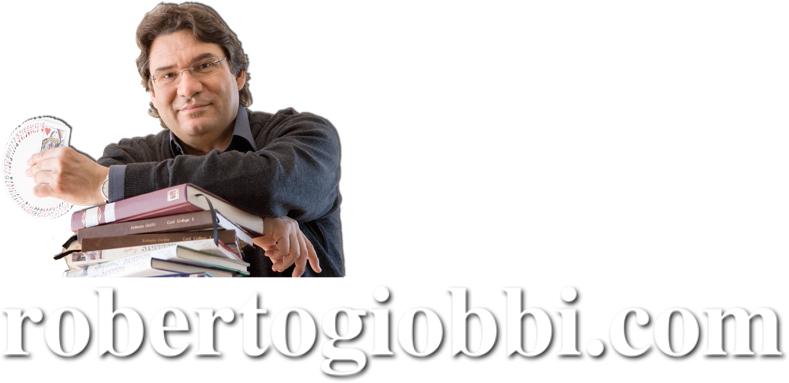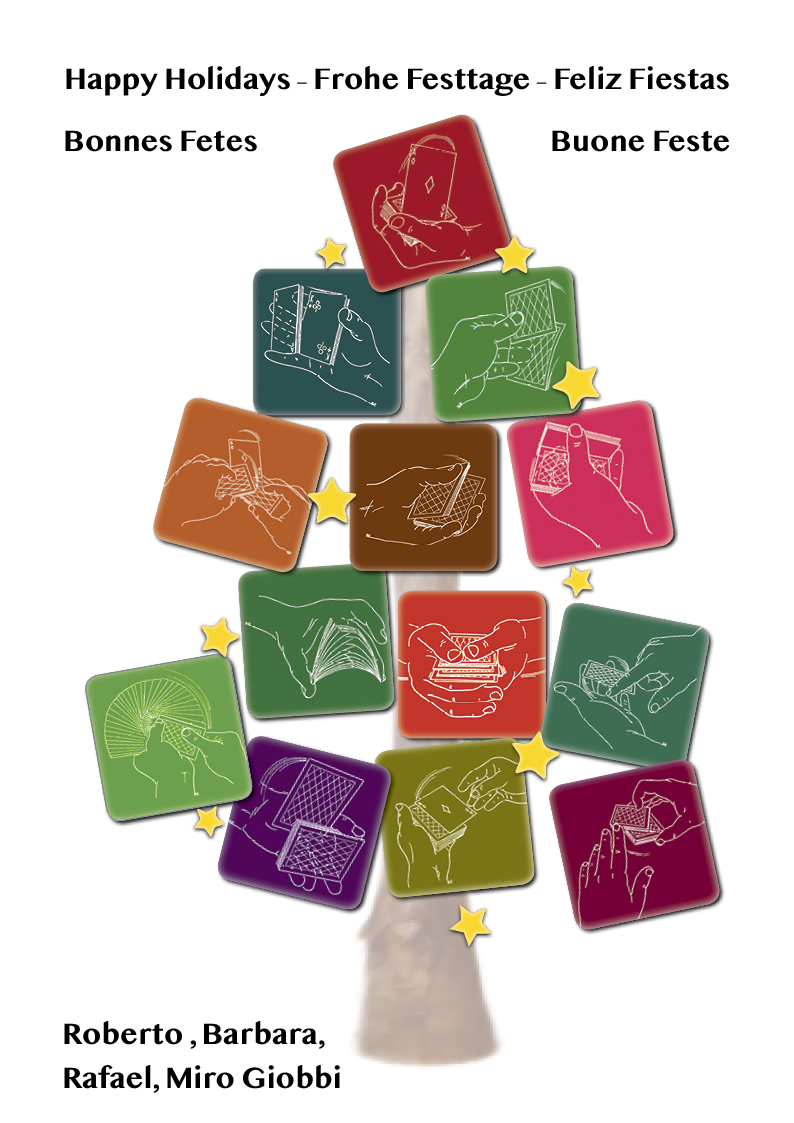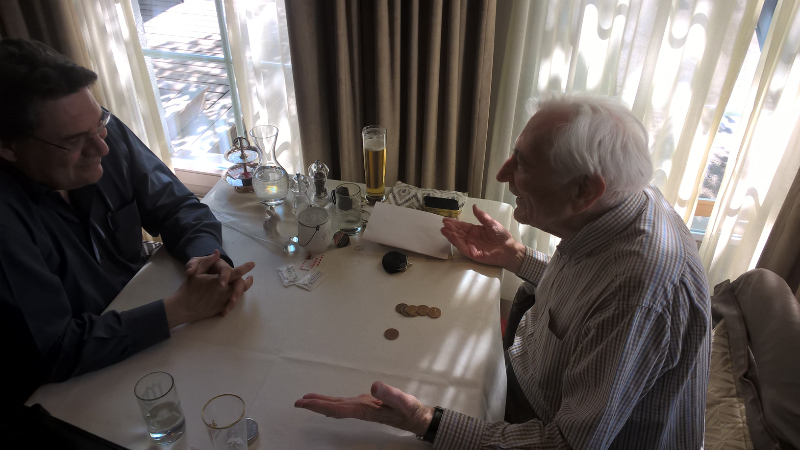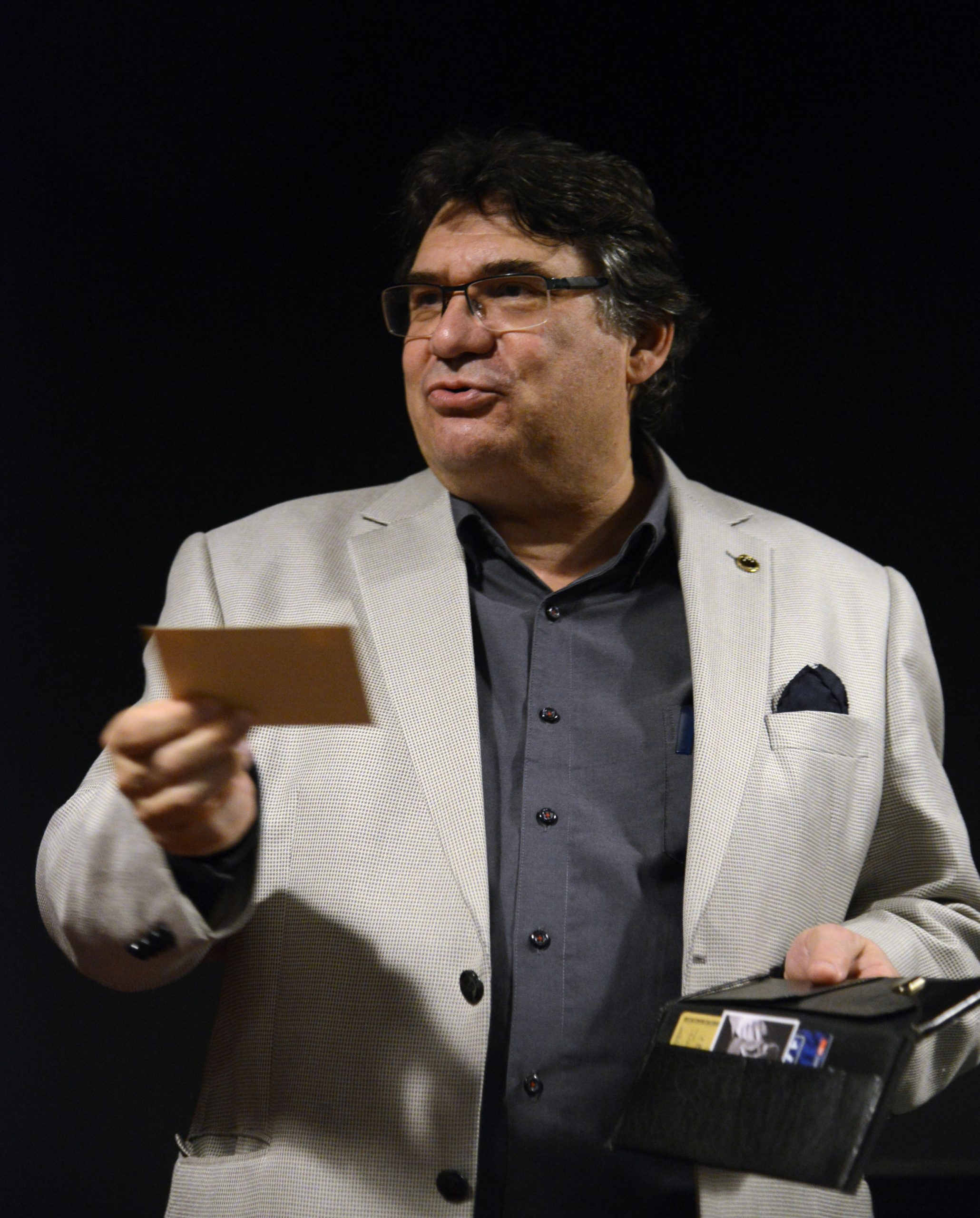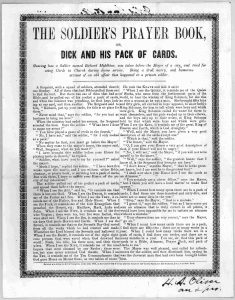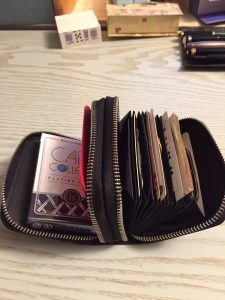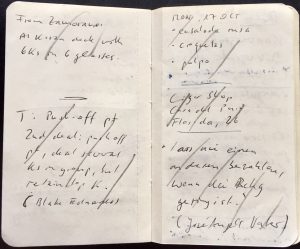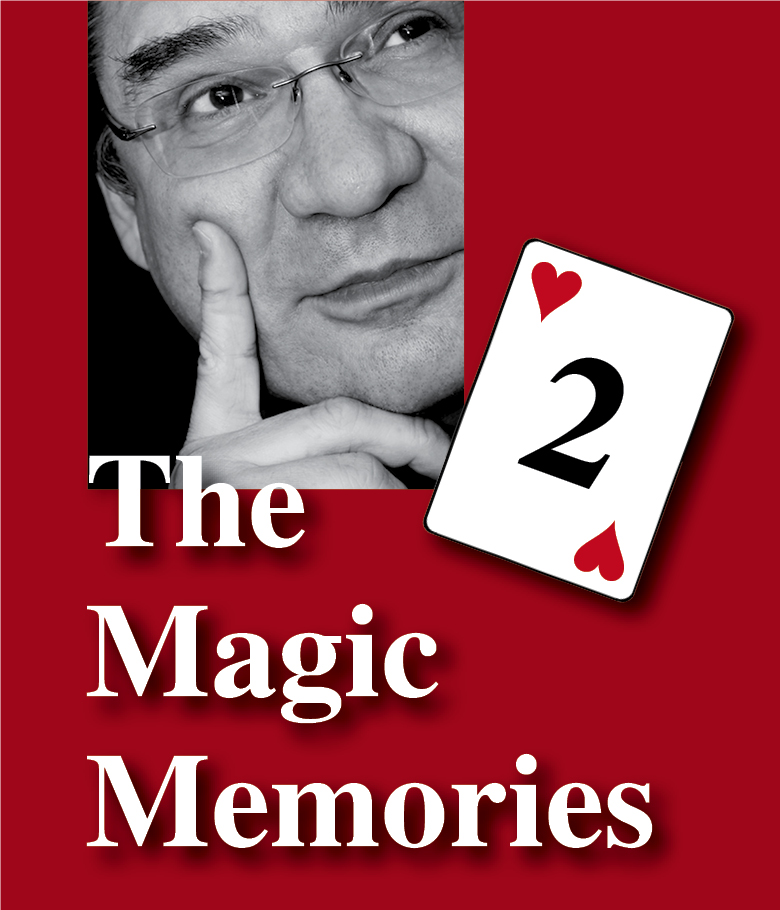
Hi everyone!
These are The Magic Memories (54), gone online Sunday, January 9, 2022, at 0:07h sharp.
Cours de Cartomagie Moderne
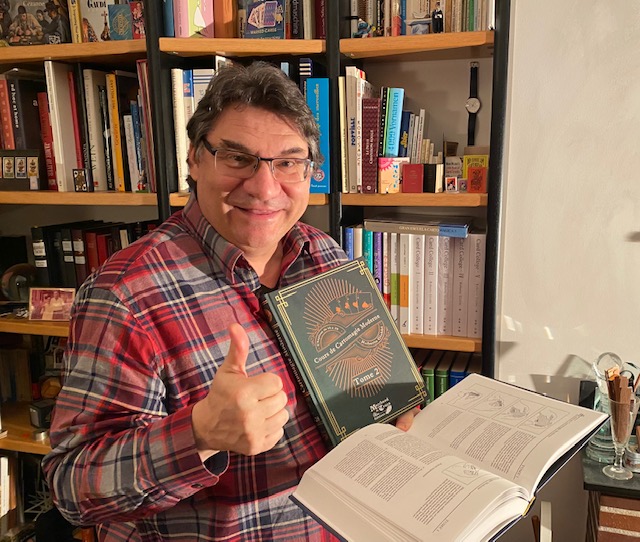
My year started with a wonderful surprise when I received the new edition of Card College in French, titled Cours de Cartomagie Moderne. These are the first two volumes, which really belong together as I’ve explained several times. Volumes 3 and 4 are scheduled for June 2022, and the fifth and last volume should be out by the end of this year, so the series will then be completed. My ancient publisher in France had let the books go out of print for several years, so that only pirated PDFs and prints circulated. I hope that those pirates who received or bought for little money an illegal copy will now show a spark of decency and buy the newly released books.
Ludo Mignon and his Marchand de Trucs located in Lorient, Bretagne (F), have done an excellent job producing a beautiful hardbound volume that is still very handy and practical to use as a learning manual. So, this is your chance to learn or improve French. I’m not joking. Years ago, Pit Hartling, yes, THE Pit Hartling, one of the few geniuses in the world of magic, told me he had learned Spanish by buying my Card College book series in Spanish, there called Gran Escuela Cartomagica: Because he knew the German version (Grosse Kartenschule) by heart, yes, that’s what he said… if I remember well 🙂 he would use the Spanish text to learn the language.
For the younger among my readers – young by age, I mean, as we are all young by heart thanks to magic – I’m saying: Learn at least one foreign language. And there are two ways of doing so. One, get a hobby like magic and read most of it in the language you want to learn. Two, find a girlfriend or boyfriend who only speaks that language. My recommendation: Do both! (That’s how I learned English…)
Seriously: If you want to buy a copy of volumes 1 and 2 of Cours de Cartomagie Moderne (buy them together, for Vernon’s sake!) you can get them directly from the Marchand de Trucs webshop HERE.
As an example let’s take the so-called Bubble Glimpse. In this Glimpse the deck is held face down in dealing position as the left thumb presses the top card against the second finger thus causing the card to buckle at its outer right corner and divulging its index. If the “bubble” is minimized and the left forefinger is placed over the top edge of the deck’s outer end, it will be effectively covered.
In practically all instances in which I’ve seen this move done in magic, the performers made some undefinable gesture in the air or just stared down at the deck without reason, making it an “unnatural” and therefore suspicious movement. The question is: How can the glimpsing action be imbedded into a recognizable, harmless Gestalt and thus achieve invisibility. (See Sharing Secrets, p. 42 “Gestalt”, p. 18, “Active/Passive Technique”, p. 60, “Invisibility”). Admittedly, it is not always easy to come up with a good answer. To make things even more difficult (who said it was easy?) the approach to get to it is not always the same.
One way of tackling the problem is to ask where the sleight comes from and how it was originally used. Since up to ninety percent (!) of all card sleights in one way or another come to us from gambling, it might be a good idea to look at the world of the card cheats first. I will be happy to write about this subject on another occasion—for the moment you’ll have to simply trust me.
In our case of the Bubble Glimpse the Gestalt of the sleight is that of the dealer looking at his hole card while still holding the deck in his left hand. This always occurs when the dealer’s up card is either an Ace, a Ten, or a picture card, in which case together with the card in the hole he might have a Blackjack (21). In this action the Bubble Glimpse is perfectly covered (photo 1), and the glimpsed top card can then be retained for the dealer’s own use or dealt to a partner by means of the Second Deal. The Glimpse is greatly exaggerated in the photo for clarity – in reality the left forefinger affords cover, and the “bubble” is minimal, just enough to see the index.
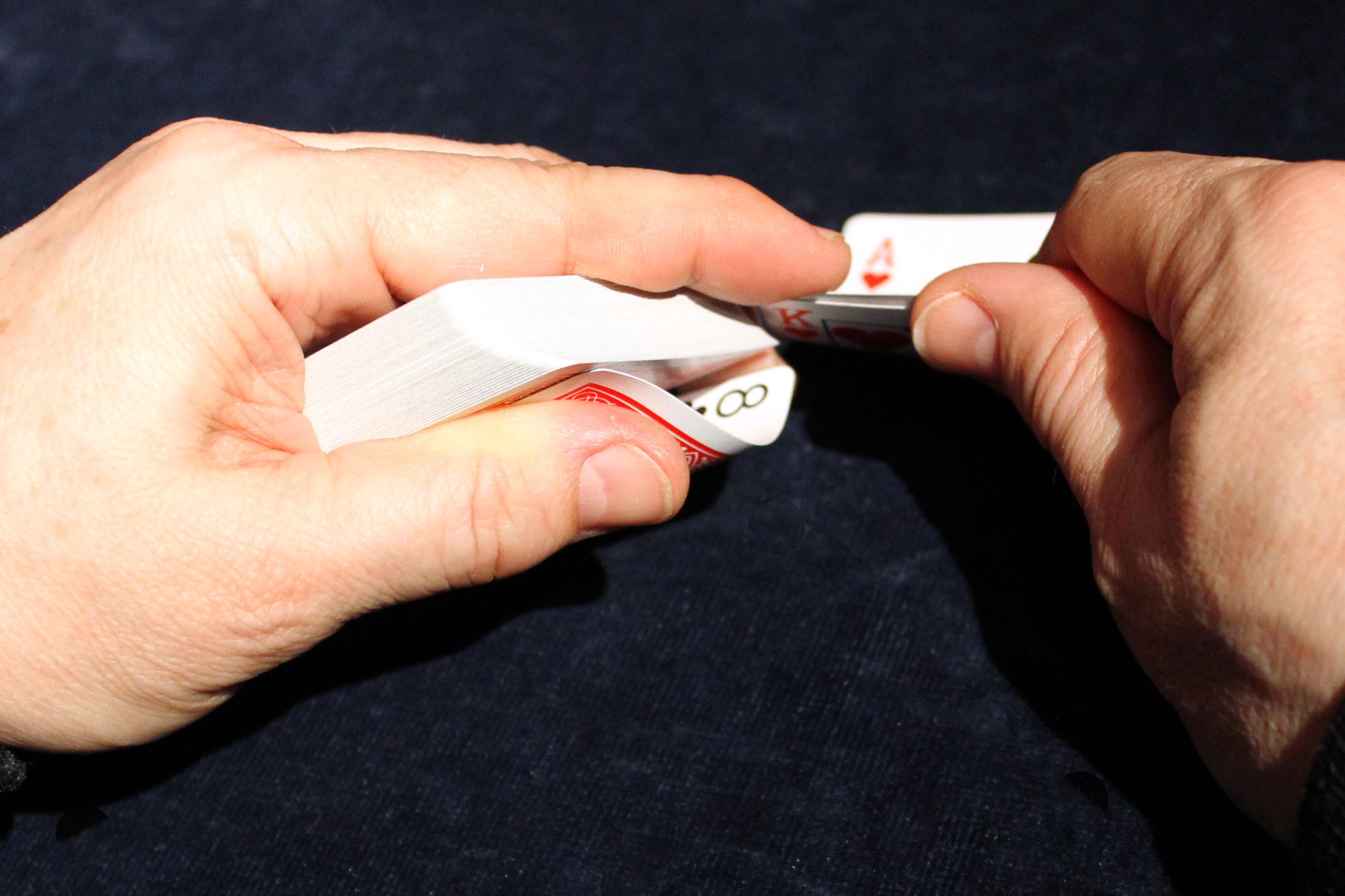
Now let’s come back to the question of how to give the sleight a Gestalt that makes sense in the context of a magician’s performance. It can obviously be used as described above within a gambling demonstration, but that will not be often. A much more useful approach would be to touch the tips of your right fingers with the left first finger and say, “I have very sensitive fingers, you may touch them.” Then let a woman touch your fingers, but withdraw the hand when a man wants to. The moment the fingers touch will bring the deck into a similar position as the one explained above with the Blackjack dealer and facilitate the Glimpse (photo 2), but additionally provide a humorous situation which will cancel the glimpsing action from the spectator’s sensory memory. So this situation will afford a double cover. First, we have a harmless looking handling Gestalt; second, we erase the action from the spectator’s memory.
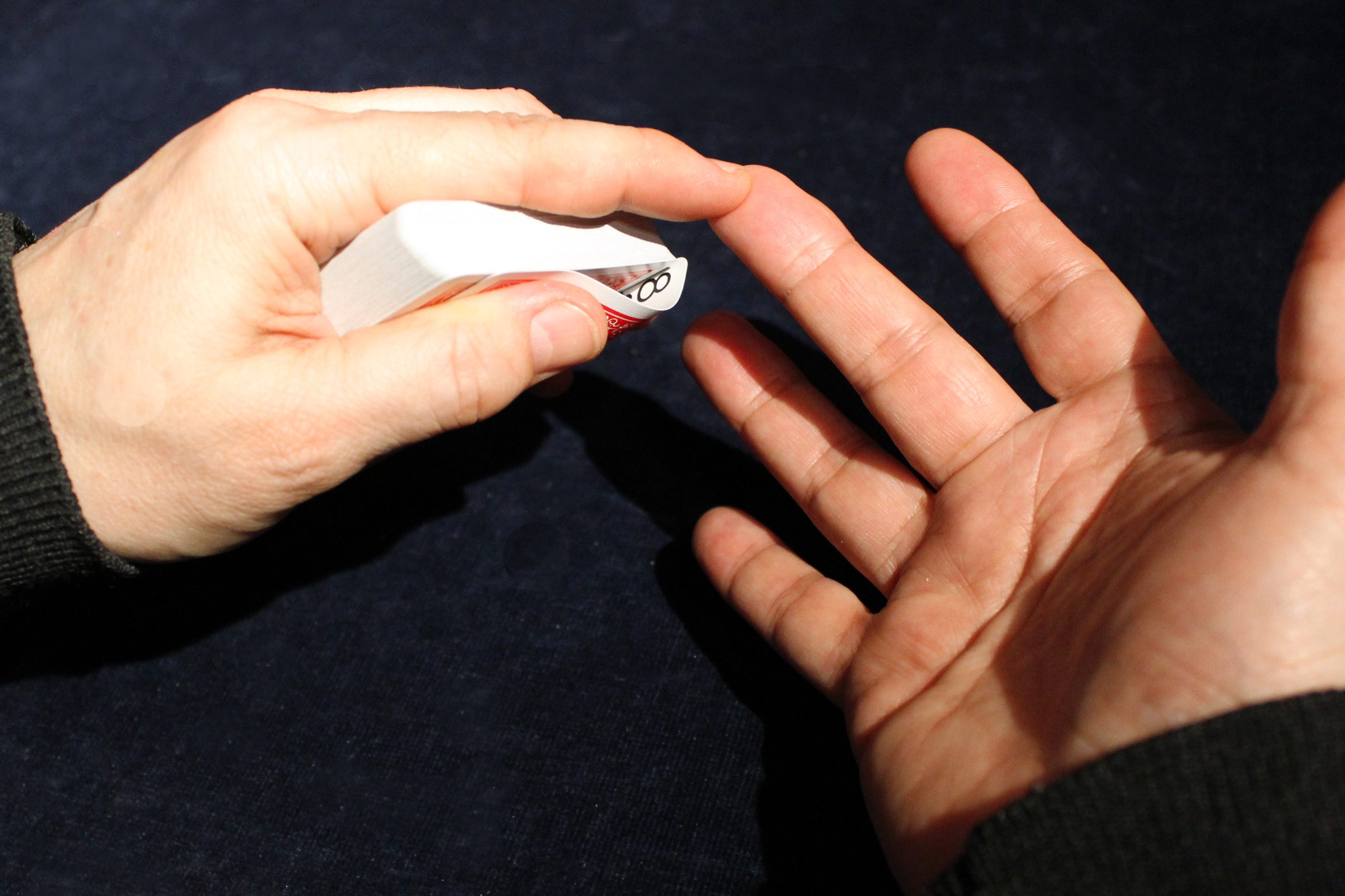
The Gestalt just described can be used in many other ways, such as indicating a spot on the table where the spectator shall place something, or pointing to the card case, or opening the flap of the card case, which might contain a prediction—as long as the context fits, anything goes. (And of course the technique itself has to be immaculate, but we don’t need to mention that, do we?)
Yet another handling Gestalt can be obtained if you wanted to glimpse the second card from the top. The right hand shows the face of the top card as the left first finger points to it. The action forces the left hand into the necessary position for the Glimpse, and the card held in the right hand affords perfect cover (photo 3).
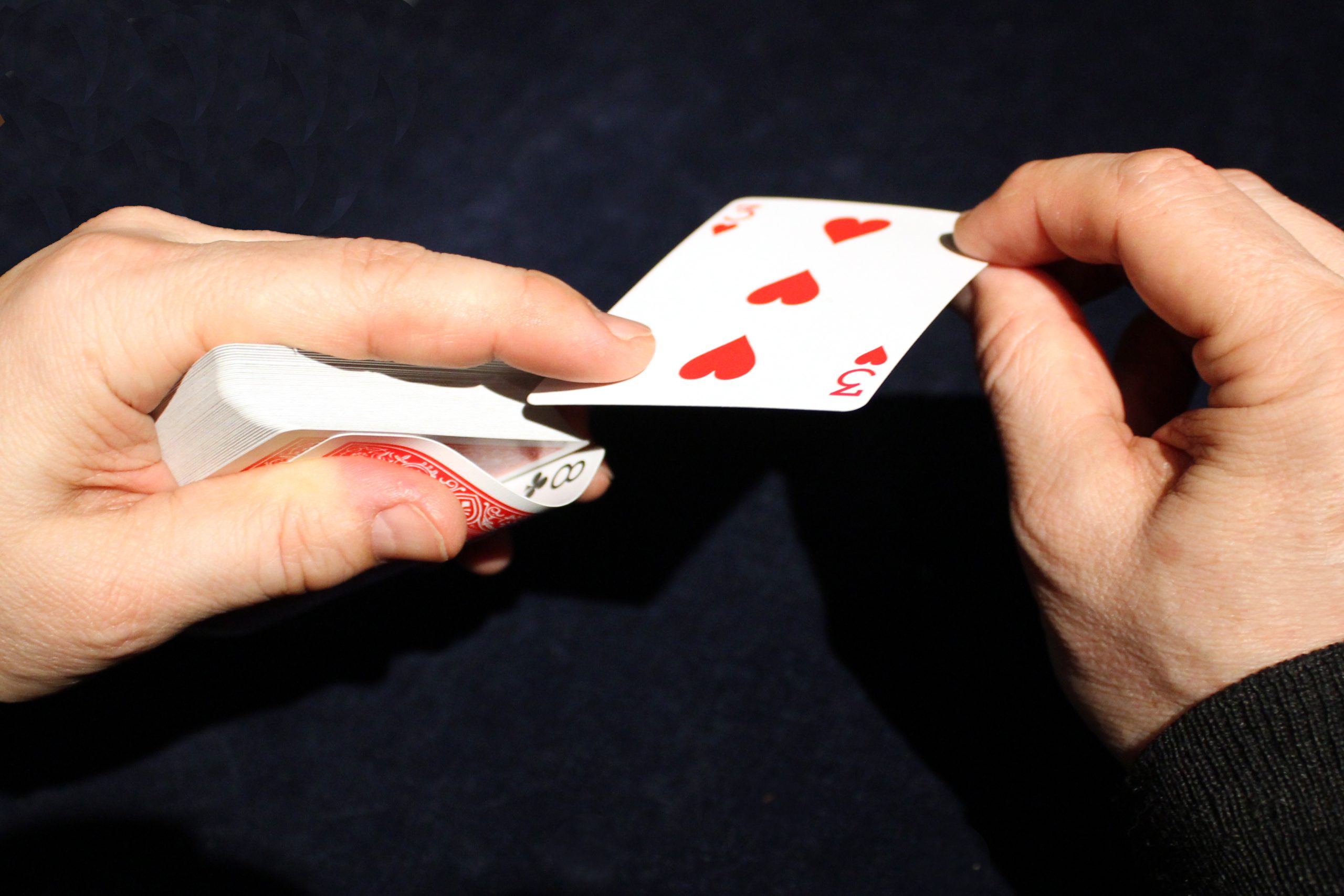
As you will appreciate, both are excellent Gestalts for magical applications and come straight out of Hugard’s and Braue’s Expert Card Technique (pp. 100-101). Now that you understand the approach you will find it easy to come up with at least five more ways.
What I liked is that Sal Piacente comes across as a person who knows what he’s talking about, and here there is something to be learned that is hard to put into words, and something to contemplate this week.
All the very best!
Roberto Giobbi
